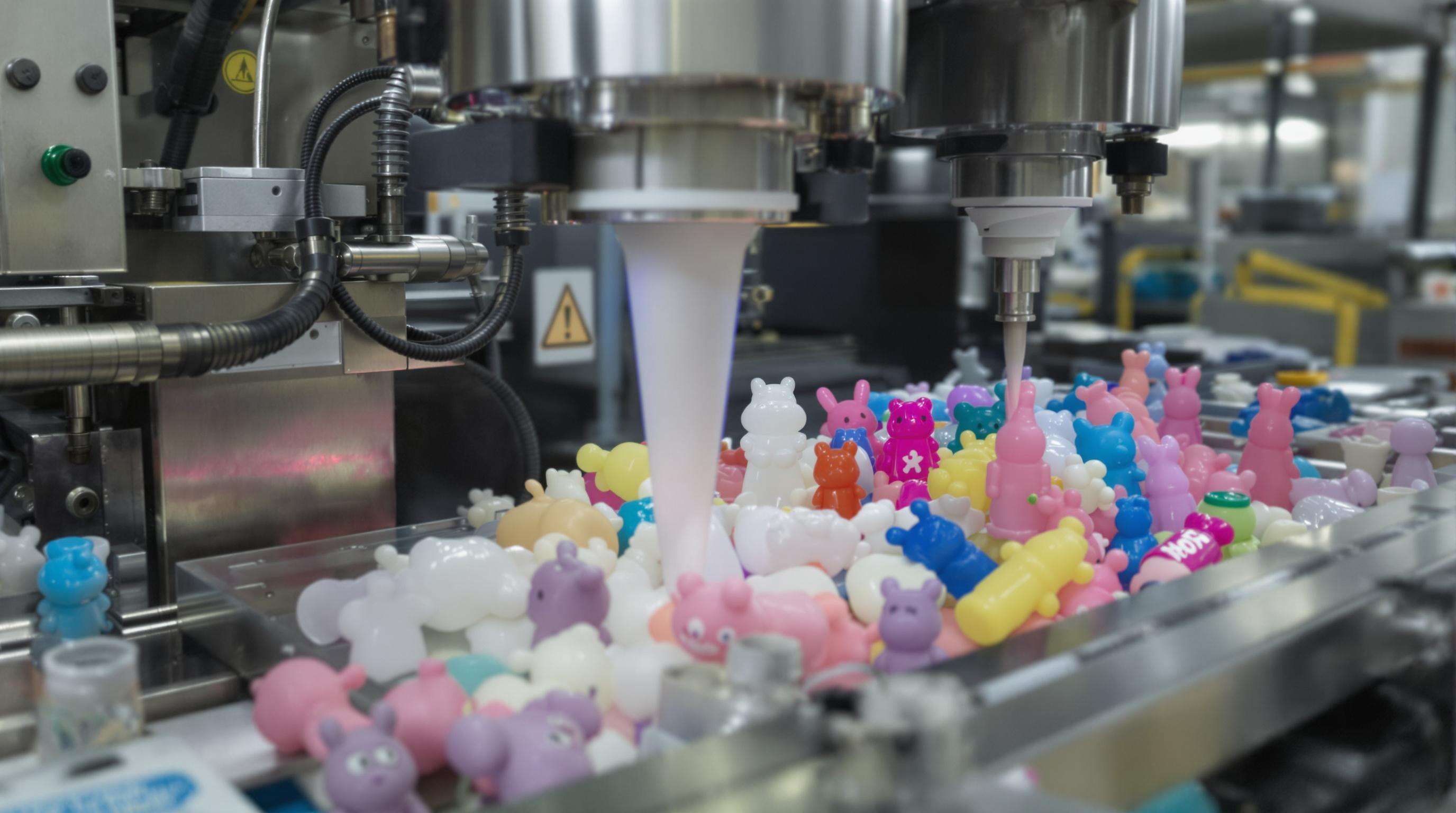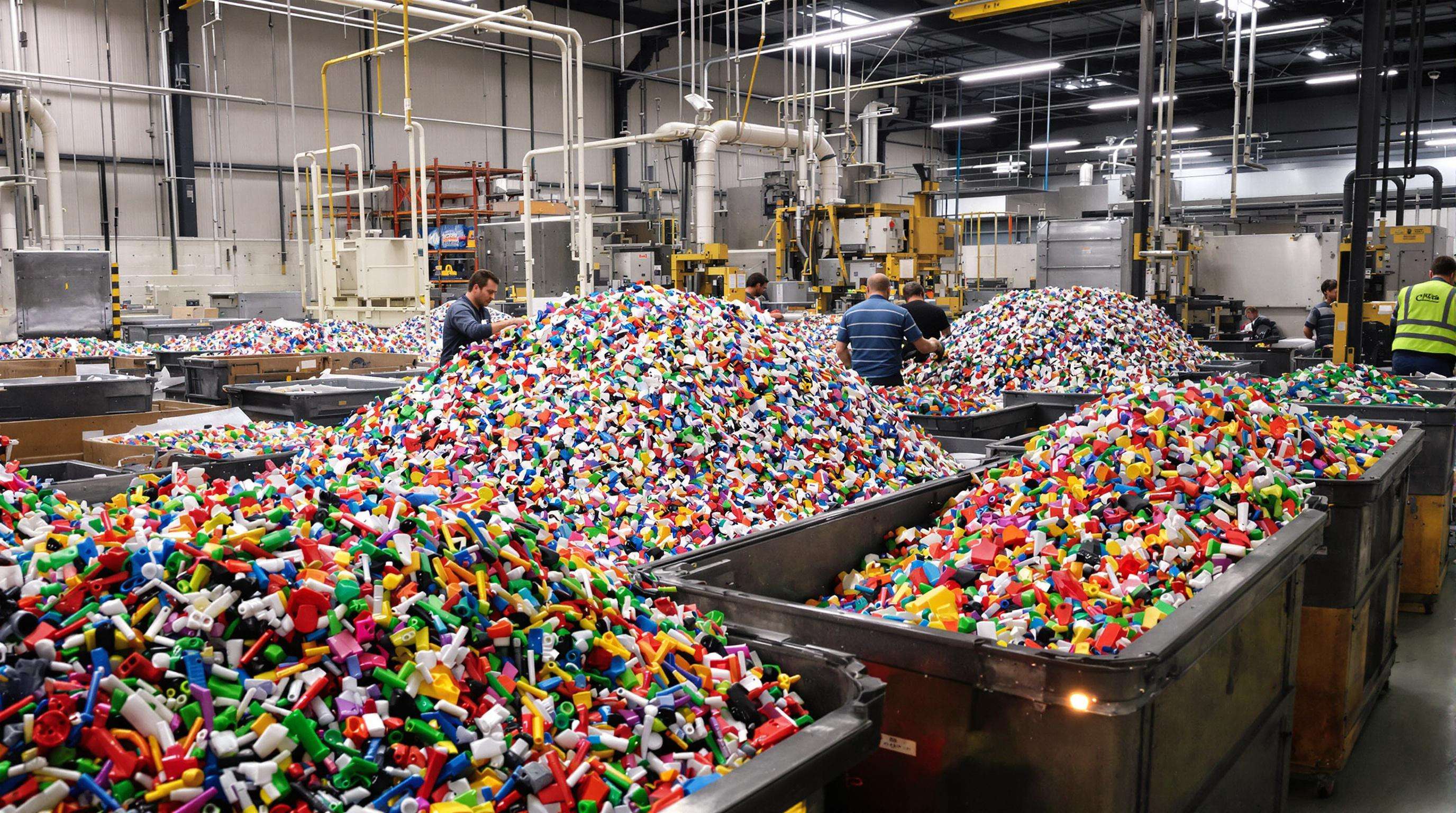Children's toys made through blow molding are basically lightweight plastic products created when heated resin is turned into a hollow tube called a parison. Then they inflate this tube inside a mold until it takes shape, followed by cooling to set everything in place. The process works really well for making tough, hollow objects we see all the time like playground balls, those rubber duckies for bathtime fun, even whole sets of backyard equipment. When looking at how much plastic gets used, blow molding actually cuts down on materials compared to regular injection molding methods. Some estimates suggest around 35-40% less plastic goes into these toys without sacrificing durability. That makes blow molding pretty popular among manufacturers who want to keep costs down while still producing quality items such as colorful stacking rings or little shovels and buckets for sandbox adventures.
Blow-molded toys support motor skill development in 78% of preschoolers through gripping, squeezing, and tossing, according to the Journal of Play Therapy (2023). Their seamless, one-piece construction eliminates small parts, reducing choking risks, while molded-in colors enhance visual learning. Pediatric occupational therapists often recommend these lightweight toys to:
These days, blow molding relies on materials like high density polyethylene HDPE and BPA free polypropylene to make toys that can handle serious impacts, sometimes over 200 pounds worth. That kind of durability makes these materials ideal choices for things like ride on cars and those big playground structures kids love so much. What's interesting is how this manufacturing method manages to create walls as thin as 0.5mm while still maintaining all those intricate details without leaving any sharp edges behind. According to a recent study from the Toy Safety Institute in 2024, blow molded toys actually present around 92 percent fewer risks from small parts compared to toys made from multiple components. Plus, since they're completely sealed inside, there's no place for bacteria to grow when used with water based play items like splash pads or bathtub toys.
Growing disposable incomes in emerging economies are fueling demand for affordable, durable toys. Between 2020 and 2023, over 320 million households in Asia-Pacific, Latin America, and Africa entered the middle class (World Bank 2024), creating a $23.8 billion market opportunity. Blow-molded toys—40–60% cheaper to produce than injection-molded versions—meet this demand effectively.
The Asia-Pacific region remains at the forefront of global manufacturing, producing around 64% of total output worldwide. Within this region, China and India alone account for roughly 82% of all manufacturing activity. Looking at recent trends, the 2024 Global Manufacturing Report shows some interesting developments - both Vietnam and Indonesia have expanded their factory capacities nearly twice over since 2021, primarily driven by growing export demands. What makes this region so dominant? Partly because of their highly efficient supply networks. Raw materials like polymers typically travel from nearby refineries straight to production facilities within just three days or less, which helps maintain these impressive output levels across the region.
The market is projected to grow at 6.8% annually through 2030, driven by urbanization (68% of Asia’s population will live in cities by 2030), government-backed STEM education initiatives, and bulk pricing advantages ($0.18–$0.25 per unit at scale). Asia-Pacific leads with an 8.2% CAGR, while North America grows at 4.1% due to market saturation.
According to Nielsen's latest data from 2024, around three out of four parents have started putting eco friendly toys at the top of their shopping lists. This has led many manufacturers to switch gears and implement greener methods. Some companies are turning to plant based materials for their products, like the sugarcane derived polyethylene that now appears in about a third of all new toy molds. Others are investing in closed loop recycling systems which can slash energy consumption by roughly 14% for every ton of high density polyethylene they recycle. Third party certifications remain important markers of authenticity in this space too. As these trends continue, it's worth noting that both EU and ASEAN regulatory bodies have set clear deadlines for phasing out single use plastics in toy packaging entirely by the end of 2025. These international standards are forcing companies to rethink not just what goes into their products but how those products make their way through the supply chain.

Blow molding takes resins such as HDPE and LDPE and turns them into hollow toys through three main steps. The first step involves heating polymer pellets until they reach around 200 to 250 degrees Celsius, after which they get pushed out into what's called a parison. Next comes the inflation stage where compressed air pushes this hot plastic against the inside of a mold wall at about six bars of pressure. Lastly, everything gets cooled down quickly so the shape hardens within just 15 to 30 seconds before being popped out. Around 43 percent of all hollow toy manufacturing relies on this technique because it allows manufacturers to complete each cycle in under ninety seconds while generating very little waste, typically no more than two percent.
Blow molding gives products that are light but tough while allowing all sorts of creative shapes, which is why we see it so much in bath ducks, those colorful stacking bath sets kids love, and various outdoor playthings. When manufacturers inflate the plastic during production, they get walls that stay pretty consistent in thickness around 0.8 to 3 millimeters thick. This helps make sure the finished product can handle impacts without breaking but still floats properly in water. Compared to injection molding methods, blow molding creates complete hollow spaces inside without needing any extra parts put together later on, so there's no worry about small pieces coming loose over time. Manufacturers report using this technique for roughly three out of every four bathtub toys available today, plus about two thirds of all waterproof outdoor play equipment sold at stores.
Recent advancements enhance quality and efficiency:
These innovations help meet rising demand while adhering to safety and sustainability standards.
Toys made through blow molding need to meet safety rules around the world including ASTM F963 in America and EN71 regulations in Europe. These standards basically check how strong the toy is mechanically, what chemicals are used, and whether there are any dangers involved. The ASTM F963 standard specifically looks at things like sharp corners that might cut kids and small parts that could be swallowed accidentally. On the other hand, EN71 part 3 puts strict limits on harmful substances such as lead and cadmium, keeping them below 100 parts per million. A lot of companies also work according to ISO 8124 because it helps simplify getting their products approved in different countries worldwide. This makes life easier for manufacturers who want to sell toys globally without having to jump through too many hoops just to get certified.
Polyethylene (PE) and polypropylene (PP) are favored for their chemical stability and safety. Over 92% of U.S. manufacturers now use BPA-free resins, aligning with FDA guidelines on endocrine disruptors. Consumer demand drives this shift—78% of parents prioritize “non-toxic” labels when buying toys (EcoToy Alliance 2023).
Independent testing is now standard, with 65% of producers using ISO/IEC 17025-accredited labs. Key trends include:
This multi-tiered approach cuts recall risks by 40% (Global Toy Safety Report 2024) and strengthens trust in eco-conscious markets.

Manufacturers are increasingly using recyclable resins like PETG and HDPE to support circular production. Up to 90% of production scrap can be reprocessed into new toys, reducing virgin plastic use. Closed-loop systems—where used toys are collected, shredded, and reused—are projected to divert 450,000 tons of plastic waste annually by 2025.
The toy market is growing at around 6.8% each year according to projections from 2023 through 2030, yet most discarded toys still find their way to landfills pretty quickly actually about 85% within just twelve months. Companies are starting to tackle this problem though. Some manufacturers have begun using chemical recycling methods for those tricky mixed plastic materials. Others are experimenting with plant based polymers derived from sugarcane as alternatives. There's also been progress in lightweighting techniques which cut down on material usage by somewhere between 15 and 20 percent while keeping products just as durable. According to recent industry data from last year, when companies replace about 40% of their virgin resin with recycled material, they manage to slash carbon emissions by roughly 30% per product unit.
LEGO produces 25% of its blow-molded components from bio-PE derived from Brazilian sugarcane, targeting 100% sustainable materials by 2030. Hasbro’s “PlayBack” program recycles over 12,000 returned toys monthly into playground structures. Both use third-party-certified recycled resins and have achieved 95% recyclable packaging, demonstrating how EN71-compliant products can also advance environmental goals.
Common materials include high-density polyethylene (HDPE) and polypropylene, both of which are chosen for their durability and safety.
Blow molding creates durable, seamless, hollow toys that reduce small part risks. Toys made this way have fewer sharp edges and can withstand considerable impact.
The market is growing due to rising middle-class incomes in developing regions and a focus on affordability, with the Asia-Pacific region as a significant production hub.
 Hot News
Hot News2024-10-29
2024-09-02
2024-09-02

Copyright © 2024 Changzhou Pengheng Auto parts Co., LTD